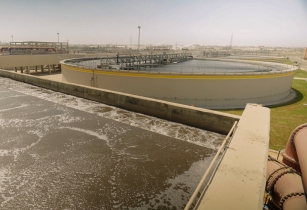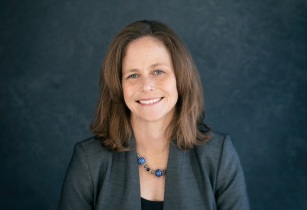The Abu Rawash wastewater treatment plant (ARWWTP) is known to be one of the largest plants in the world, and is also considered to be a model of environmental sustainability, in line with the United Nations Sustainable Development Goals (SDGs)
Technology
Water security is key for development and stability in South Sudan, World Bank report states
The new World Bank report Rising from the Depths: Water Security and Fragility in South Sudan describes the impact of floods and other water-related threats on South Sudan’s communities
AfDB's vice president Beth Dunford issues statement on World Water Day 2023
This year’s World Water Day coincides with the United Nations’ (UN) midterm review of the Water Action Decade, providing an opportunity for governments and corporations to pause, reflect and determine urgnt actions needed to speed up the progress in delivery on universal access to water and sanitation
CNH takes majority stake in Bennamann
On 15 March 2023, CNH Industrial expanded its alternative fuel capabilities by taking a majority stake in Bennamann – a UK-based expert in solutions to capture, repurpose and store fugitive methane emissions for energy use
Pöttinger introduces new app to simplify and improve forage harvesting
Pöttinger, the grassland specialist, has launched HARVEST ASSIST, a new app that helps to simplify and optimise logistics while harvesting forage









